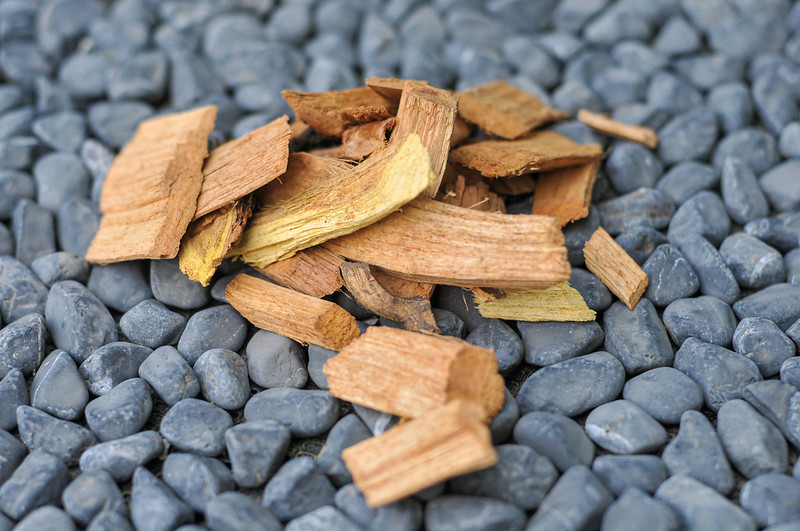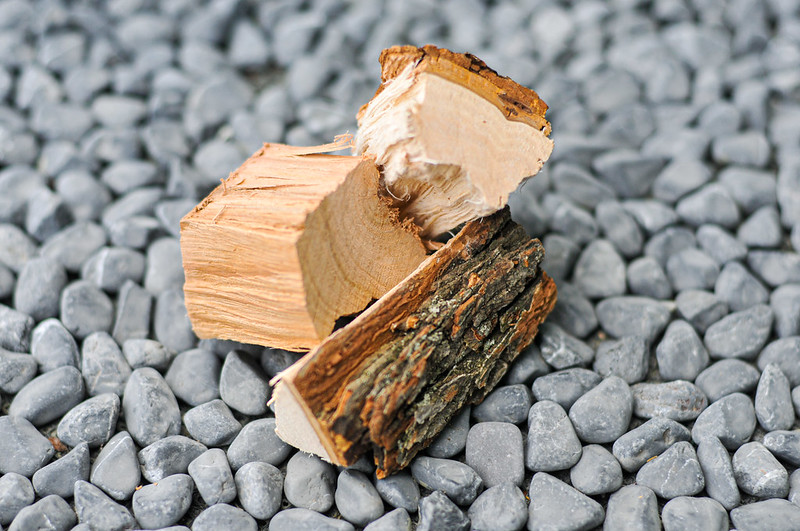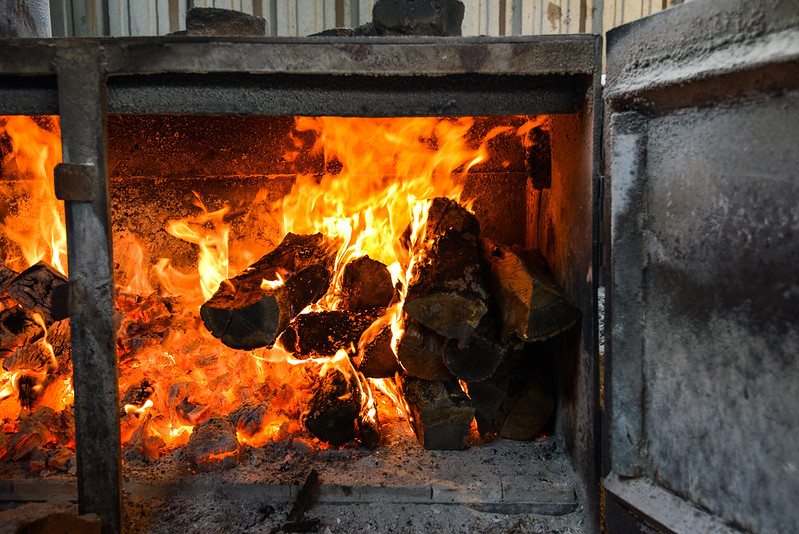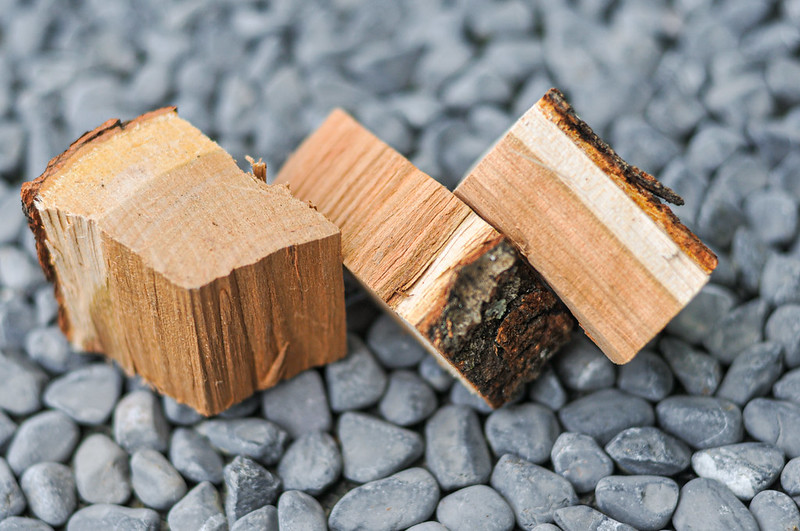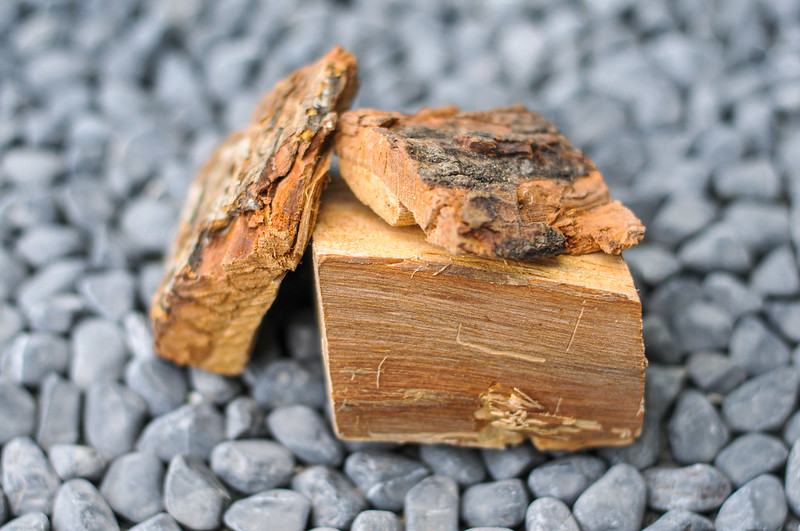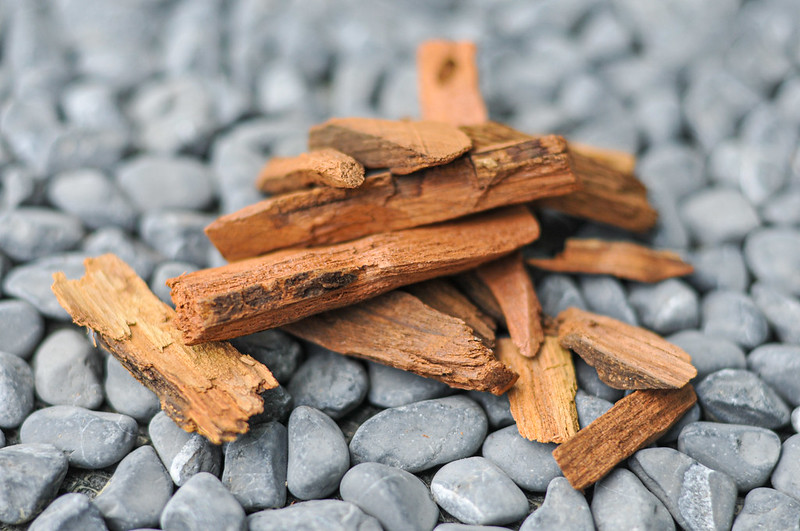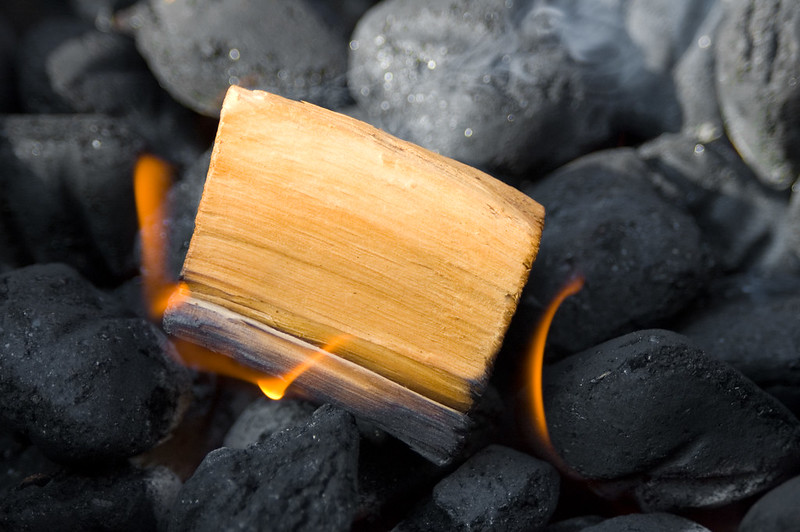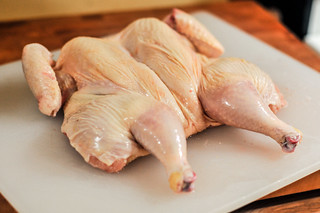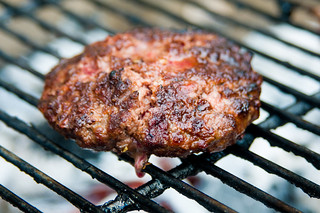How to Use Smoke Woods
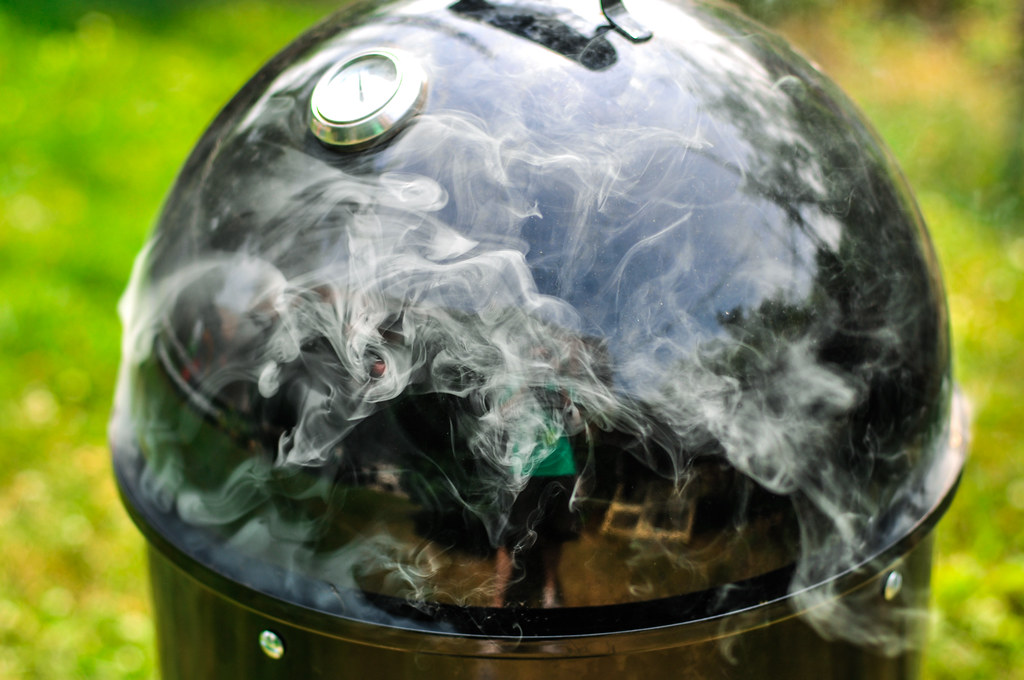
I contend that the old "charcoal tastes better than gas" debate will always be won by the former because charcoal lends a light smokiness to food that gives them the mark of outdoor cooking. That difference can be pretty faint though, which is just one of many reasons why that debate will continue to rage, so to step up your game to get real smoky flavor out your grilling medium you'll need to go beyond charcoal alone and introduce wood.
Grilling with wood is one of the greatest advantages to cooking food over a fire in my opinion, providing the unique opportunity to add a flavor that just can't be accomplished to the same degree inside a kitchen. The introduction of wood also opens up a whole new door of experimentation because it puts more variables into play to create unique outputs tailored to your own taste. The tips below will help you get started down a path of learning how to pick the right wood for each application and use it effectively.
The Size of Your Wood
The first order of business is choosing the right size of wood from three basic options: chips, chunks, and logs.
Chips are scraps and shavings of wood that ignite quickly, but also burn out pretty fast. The biggest advantage to chips are they're more readily available in a wide variety in stores. Other than that, I find the short burn time a reason to skip them unless totally necessary.
Chunks are usually about fist-size pieces of wood and my choice for getting things smoking. They take longer to fully ignite than chips, but burn for a good hour in a grill, and hours in a smoker. For city dwellers like myself, who may not have a natural supply of wood to forage from, chunks are sold pretty inexpensively all over the internet and in hardware stores.
Logs are full pieces of wood, like you would use in a fireplace or to build a campfire. These are best reserved for barbecuing in a pit or with an offset smoker, but we're talking backyard grilling on this site, and I don't think logs serve much of a use in this context. They take a long time to get to the point where you can cook over them and produce more smoke than you'll probably ever need when grilling.
The Flavor of Your Wood
With the right size down, wood selection is up next. When picking a wood to grill with, you always want to choose hardwoods—softwoods, like pine or cedar, create a nasty, sooty smoke that have the potential to be dangerous to your health. Although each wood has its own unique flavor, without tasting them side-by-side, it's usually too subtle to really distinguish. That's why it's best to pick wood based on the level of smokiness it will impart, rather than obsessing over the minuteness of flavor. I break smoking woods down to three general categories: mild, medium, and heavy.
Mild Woods: These include alder and fruitwoods like apple and cherry (pictured above). The smokiness in these woods tend to be mild, with hints of a fruitiness or sweetness. The mild woods pair best with more delicate meats like chicken and fish, where a little smoke goes a long way.
Medium Woods: Oak and hickory are the workhorses of medium woods. Oak is my go-to wood for almost anything, imparting that distinct smoke flavor without being overpowering. Pecan falls in a similar space as oak while hickory (pictured above) is heavier than those two, with a stronger flavor that's good for larger cuts of meat and just about any barbecue. Both of these work great with pork and beef—meats that can withstand stronger smokes.
Heavy Woods: This is really a special case for mesquite, which is strongest of all the smoke woods. I have yet to really find anyone using mesquite all that much—I used to be under the impression it was the choice for Texas beef barbecue, but most pitmasters there choose post oak or something in medium category.
These examples are just the tip of the iceberg, and there are many more woods to mess around with. With any wood though, but especially ones falling into the medium and heavy categories, take caution not to use too much. Smoke can quickly overpower all other flavors, so if you're just getting started, I recommend using one chunk at first and increasing the amount as you find the right balance of smokiness—something that may also be achieved using a combination of woods.
Wetting Your Wood
Many grilling books and guides will recommended soaking of wood chips, chunks, and logs prior to usage. The rule of thumb around my house is: if they're chips, give them a bath, otherwise burn them dry.
With chips, soaking is a must—without some added moisture the chips will ignite and extinguish before any real flavor can be delivered to the food. For chunks, I find soaking pretty unnecessary, since they take a long time to fully burn out already and the added water just impedes the amount of time it takes to get them started.
To soak wood chips, place the amount of chips you'll be using in a bowl and cover fully with water. Allow to soak for 30 minutes before placing them over the coals.
Burning Wood
Like charcoal, hardwood needs to be ignited and burning properly before introducing the food. To do this, place the wood on top of some hot coals and let it burn until its no longer flaming and is producing smoke. For chips, this is almost immediate, while chunks will take a little bit of time to get to the right stage—about 5 minutes depending on the type of wood and its size.
You can technically cook over hardwood exclusively, but for grilling, I think the best results are achieved by burning just the right amount of wood needed over charcoal. This gives the ultimate control between heat and smokiness that will keep foods coming out as perfect as possible.
Woody Results: The Smoke Ring
Although it's more prevalent in barbecue and you may never see it when grilling with wood, I want to give a quick primer to the smoke ring—a pink discoloration at the surface of the meat which is too often confused as a sign of it being undercooked. When cooking with smoke, especially for long times, a chemical reaction happens between the smoke and meat. When nitrogen dioxide from wood combustion mixes with the natural moisture in the meat, it forms nitric acid, causing the pink smoke ring.
While a smoke ring isn't always a surefire way to tell if something has been slow smoked, it's often a good indicator that it has. It takes time for this reaction to occur, which is why you likely won't see it on meats cooked hot and fast, but if you do get one on your grilled or smoked meats, it's definitely something to take pride in rather than fear.
So now that you're equipped with some know-how on how to pick and use smoking woods, it's time to go forth and level up your cooking by employing wood in your outdoor cooking.
You Might Also Like
Comments
-
Phil I've got some Persimmon logs I could chunk out for you to try if you're interested (I'm in Raleigh); it smokes similar to apple or pear, very light but great on butts.
